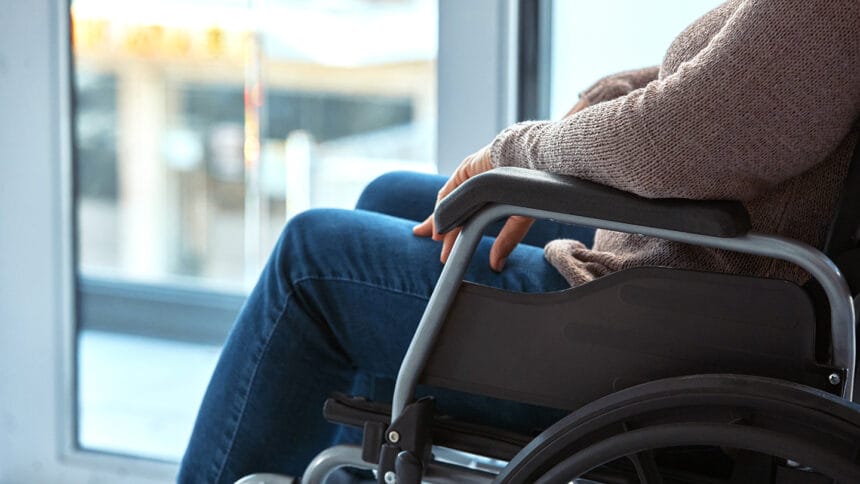
A new study found that how much time people in cardiac rehabilitation spent sitting or lying down could negatively affect their outcomes and ability to complete activities of daily living. Findings published Tuesday in Scientific Reports shed light on the need to pay attention to how much time people are sitting or lying down after surgery.
The study looked at phase 1 cardiac rehabilitation, which is when people are still in the hospital after surgery yet participating in cardiac rehab.
Participants were older cardiovascular disease patients in rehabilitation programs enrolled from October 2020 to September 2023. The people were divided into two groups: High sedentary behavior (being still more than 480 minutes, or eight hours, per day) and low sedentary behavior group (being still more than 480 minutes per day). The average age of participants was nearly 77 years old, and about 35% were women. Investigators used a questionnaire to assess the extent of sedentary actions as well as other tests for functionality and other skills.
All of the participants were in the hospital for at least five days in order to be included in the study. Of participants, 48.5% were in the high sedentary behavior group.
Gait speed was lower and Five Time Sit-to-Stand Test (FTSST) times were higher in the high sedentary group compared to the lower group. Motor, cognitive and total functional independence measure scores were significantly lower in the high sedentary behavior group compared to the low sedentary group.
The authors noted that clinicians may want to target eight hours a day of time spent not lying down as a strategy to improve patient outcomes. The time spent sedentary was mostly during leisure time (not during rehabilitation, which is when many are moving), so clinicians should target that time of the day. In other words, hospitals should encourage people to be active when they’re not doing rehabilitative therapy exercises.
“In older cardiovascular disease patients in phase I cardiac rehabilitation, sedentary behavior time might influence physical outcomes and activities of daily living at discharge,” the authors wrote. “It is thus important to consider the amount of sedentary behavior time spent by these patients during daily life while hospitalized.”




